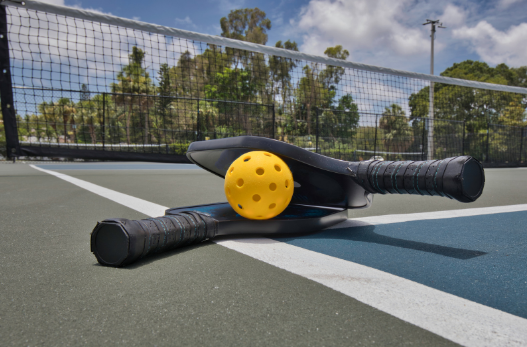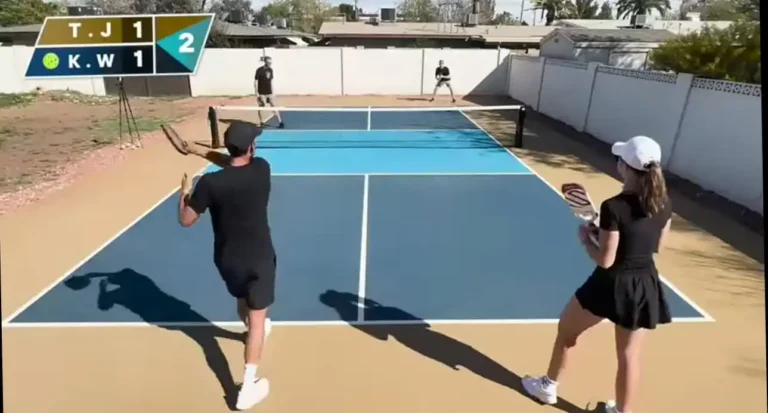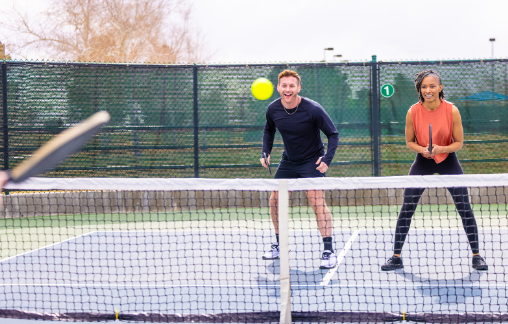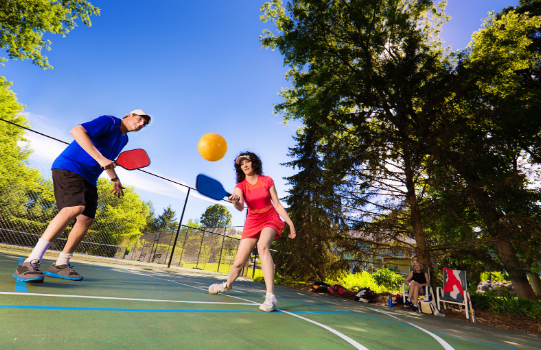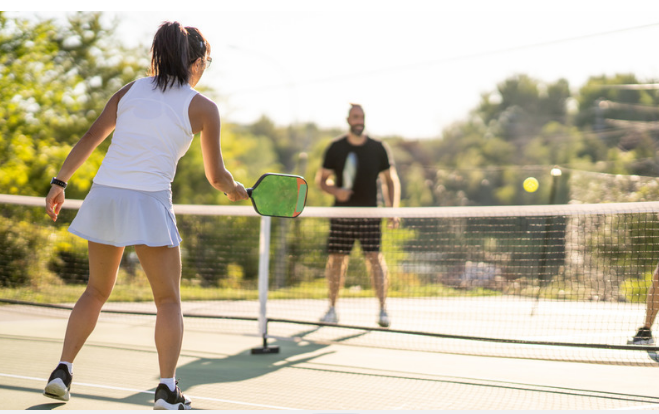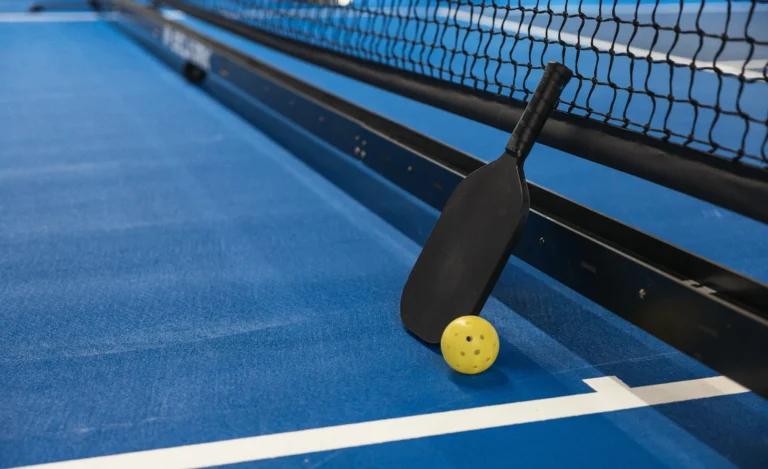Paddle Up! Choosing the Best Pickleball Paddle for Beginners
Embarking on your pickleball journey is an exciting adventure, and Choosing the Best Pickleball Paddle for Beginners. The pickleball paddle, an extension of your arm in this rapidly growing sport, can greatly influence your gameplay. The vast selection of paddles can be overwhelming for beginners, but understanding the nuances of paddle types, materials, and sizes is crucial. This guide is tailored to help beginners select a pickleball paddle that best suits their needs, playing style, and budget.
Understanding Pickleball Paddles
The construction, weight, and size of a pickleball paddle play significant roles in its performance. Here’s what beginners need to know:
1. Paddle Materials
Pickleball paddles come in various materials, each offering distinct advantages:
- Wood: Wood paddles are the most affordable, making them a good choice for beginners or schools. However, they are heavier, which might affect maneuverability and comfort over extended play.
- Composite: These paddles are a popular choice and offer a good balance between power and control. They’re made of a combination of materials like fiberglass, polymer, and sometimes carbon fiber. Composite paddles come in various weights and surface textures.
- Graphite: Graphite paddles are known for their lightweight and stiffness, providing excellent control and power. They tend to be on the higher end of the price spectrum but are favored for their responsiveness and durability.
2. Paddle Weight
The weight of the paddle is crucial as it affects your swing, control, and power.
- Lightweight (6-7.5 ounces): Ideal for players looking for speed and control. They’re easier on the arm and wrist, reducing fatigue.
- Midweight (7.8-8.5 ounces): These paddles offer a blend of power and control, suitable for a variety of playing styles. They’re a great starting point for beginners.
- Heavyweight (8.5+ ounces): Best for players who prefer power shots. However, they can be more taxing on the arm and shoulder.
3. Paddle Size
Paddle size affects the sweet spot, reach, and overall feel.
- Standard size: Offers a balance between control and power, suitable for most beginners.
- Widebody: Provides a larger hitting surface, which can be forgiving for new players.
- Elongated: These paddles offer extra reach and power but may require more skill to handle.
4. Grip Size
Grip size is essential for comfort and injury prevention.
- Small (4-inch circumference): Best for players with smaller hands.
- Medium (4 ¼ – 4 ½ inch circumference): Suits most adults and provides a comfortable hold.
- Large (4 ½+ inch circumference): Ideal for players with larger hands.
Factors to Consider When Choosing a Paddle
- Skill Level and Playing Style: Beginners might prefer a midweight, widebody paddle for a balanced feel. If you prefer finesse over power, choose a lighter paddle. Conversely, if you’re aiming for power, a heavier paddle might be better.
- Comfort and Physical Considerations: Consider your physical strength and endurance. A heavier paddle might offer more power but can be tiring during long play sessions.
- Budget: Graphite and composite paddles are pricier but offer better performance. Wood paddles are budget-friendly but heavier and less nuanced in play.
FAQs
Q: What is the best overall pickleball paddle for a beginner?
A: A midweight composite paddle is often recommended for beginners due to its balance of control, power, and affordability.
Q: How do I choose the right grip size?
A: Measure from the tip of your ring finger to the middle crease of your palm. This measurement roughly corresponds to the grip size you need.
Q: Can I use the same paddle for indoor and outdoor play?
A: Yes, most paddles are suitable for both indoor and outdoor play, though balls differ for each setting.
Conclusion
Choosing the right pickleball paddle as a beginner is a balance of many factors, including material, weight, size, and grip. While there’s no one-size-fits-all answer, understanding these elements will guide you toward a paddle that complements your play style and physical comfort. As you grow in the sport, your preferences might evolve, but starting with a paddle that feels right will set you on a path to enjoying and excelling in pickleball.

